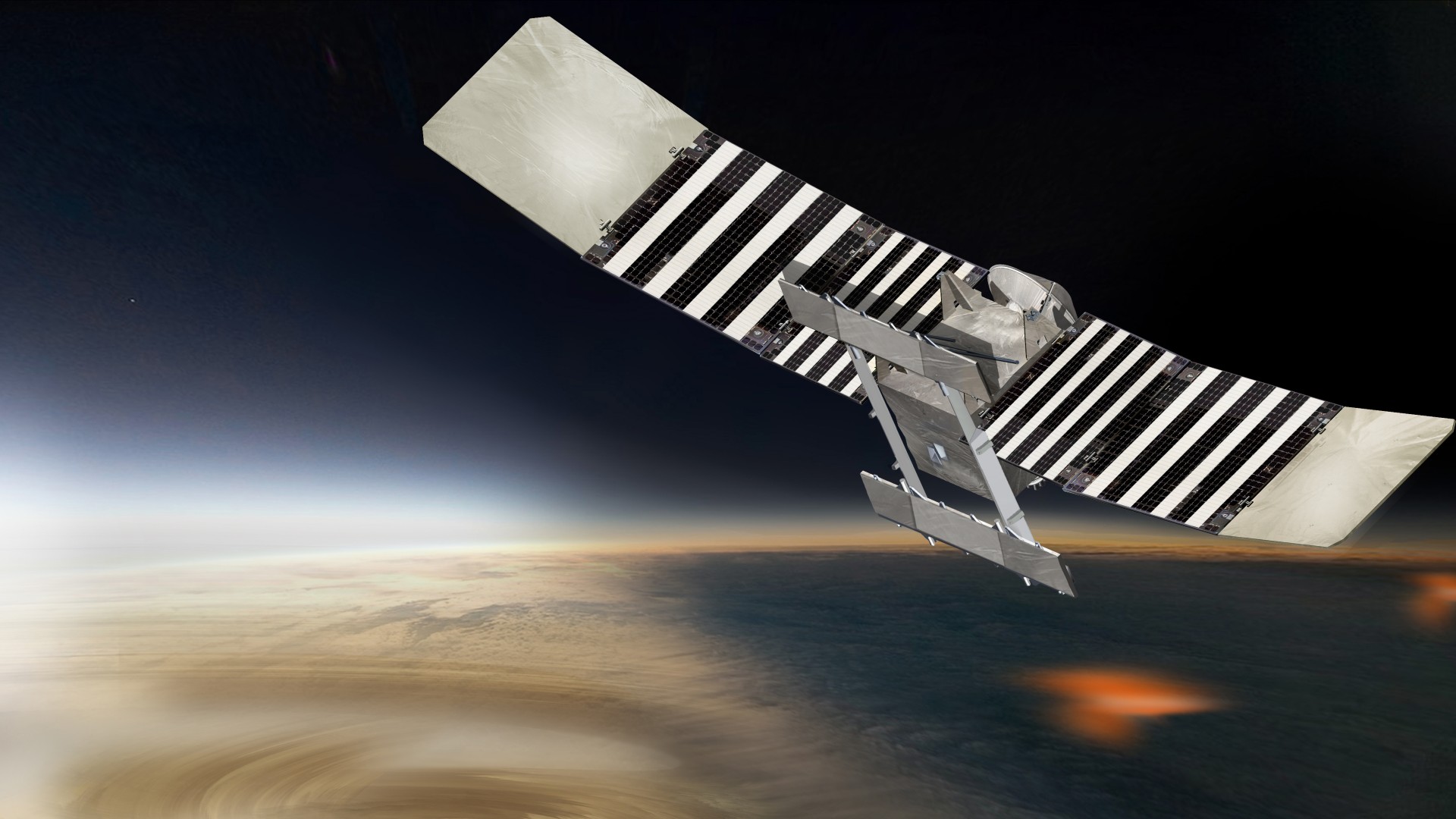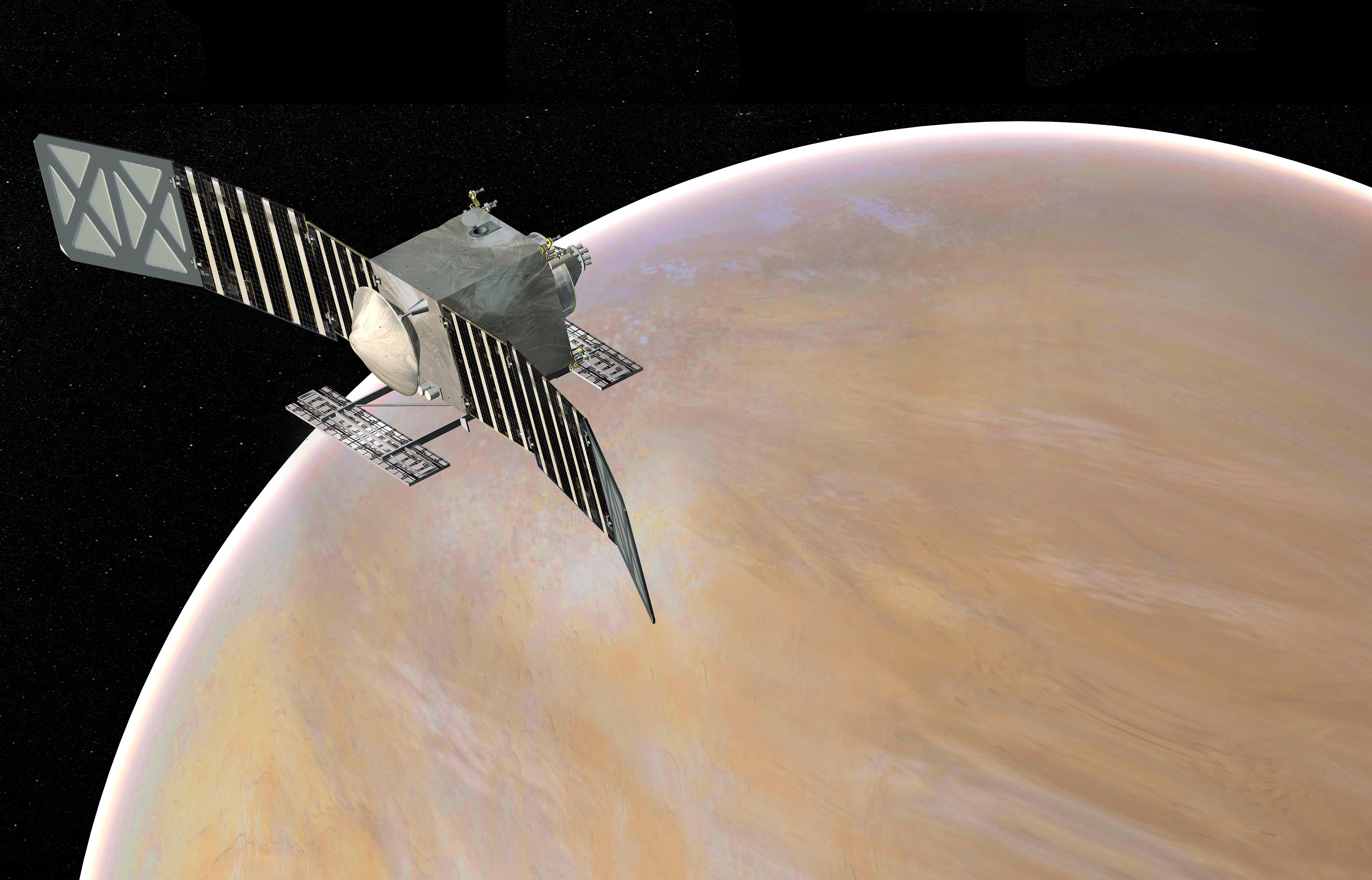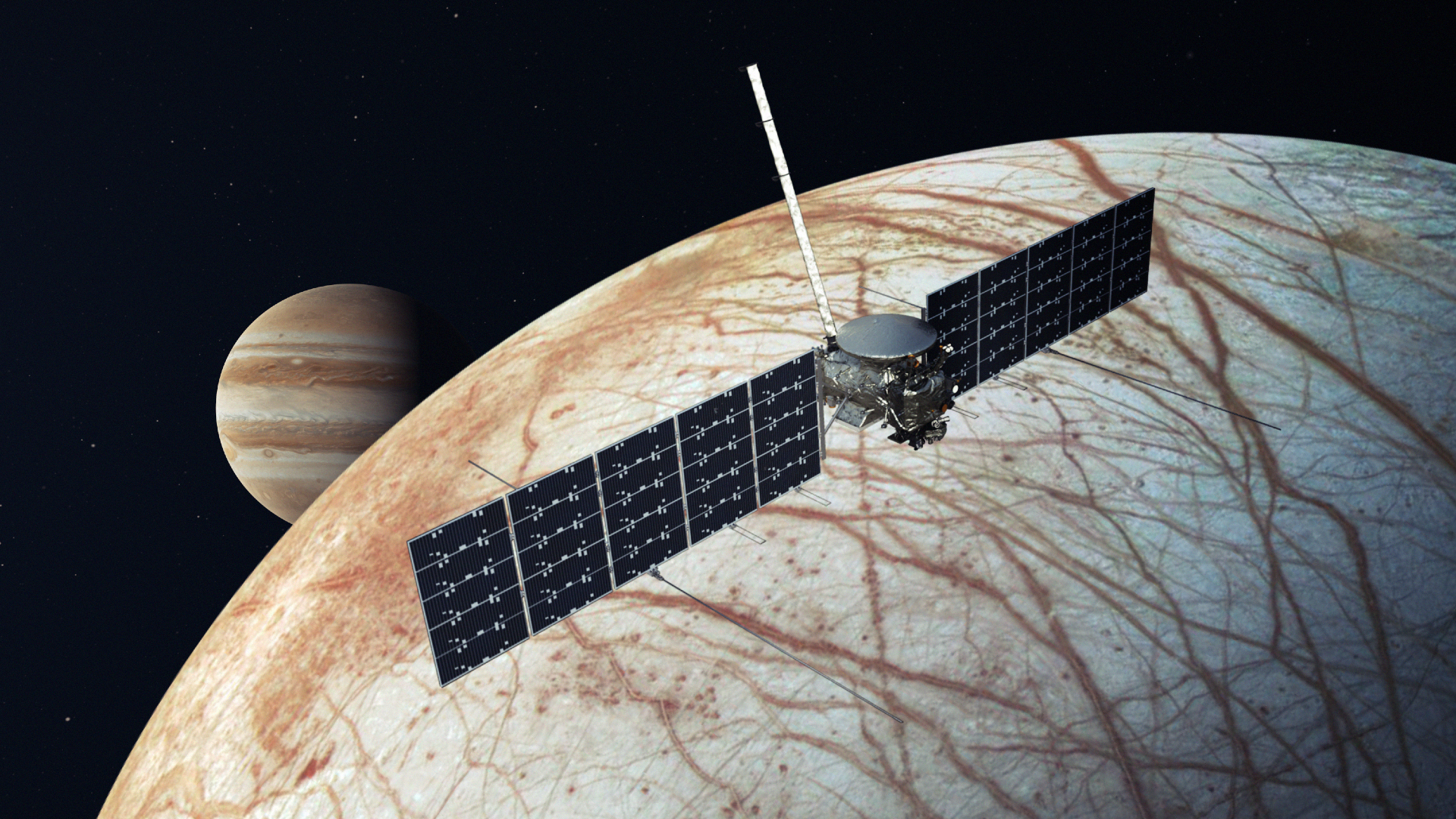NASA Venus mission VERITAS becomes collateral damage amid budget pressures
"This stand down order is highly unusual, perhaps unprecedented."

NASA's decision to pull the funding for the modest VERITAS mission to Venus, which was both on track and on budget, in order to accommodate other missions facing cost overruns has left the team members outraged and confused.
"This mission that was on track is being effectively martyred for all those missions that are going over budget," Suzanne Smrekar, VERITAS' principal investigator, said Tuesday (March 14) during a NASA headquarters briefing. "It is a much more complicated and dire situation than the community realizes."
The White House's 2024 budget request for NASA, yet to be approved by Congress, proposes $3.38 billion to NASA's Planetary Science Division that funds some of the agency's missions, including the VERITAS Venus mission. The budget is great at supporting planetary science but "we still can't quite fit everything in," Lori Glaze, director of NASA's Planetary Science Division, said during the briefing at the 54th Lunar and Planetary Science Conference (LPSC) held in Texas and online.
Related: Venus: The scorching second planet from the sun
The 2024 proposal allocates a $1.5 million shoestring budget to VERITAS — a severe drop from NASA's projected $56.7 million. Estimates for future years hold the mission funding at $1.5 million until 2028, reflecting NASA's decision to indefinitely postpone the mission's launch. The limited funding keeps the mission's science team intact but disbands its entire engineering wing. Most of the anticipated funding will instead be used to fund other missions that are currently exceeding their initial budgets, including accommodating cost overruns for Mars Sample Return and helping the delayed Psyche meet its new launch date in October 2023.
"We looked across the board at a bunch of different options and VERITAS delay was the option that we picked," Glaze said. "There were no good options here."
VERITAS delays began in November 2022, when it was pushed from its initial launch in 2027 to no earlier than 2031. At the time, the delay was attributed to the institutional issues discovered across NASA's Jet Propulsion Laboratory (JPL), which is building a radar instrument called VISAR (or Venus Interferometric Synthetic Aperture Radar) for the Venus mission.
Breaking space news, the latest updates on rocket launches, skywatching events and more!
After JPL-led Psyche missed its fall 2022 launch window, an independent review found that JPL's workforce faces an "unprecedented workload;" although VERITAS is not resource-intensive, multiple smaller missions were "stressing the system across the board," Glaze said at LPSC. In response to that review, NASA postponed VERITAS by three years to "not only free up the resources but also to free up the bandwidth in order to deal with the whole issues across JPL," she said.
While missions closest to launch like Psyche always have higher priority and using personnel from other missions to help meet projected launch dates is already how things work at the Jet Propulsion Laboratory, "the vast majority of VERITAS' workforce is not at JPL," Darby Dyar, VERTIAS' deputy principal investigator told Space.com in an email. Most work happens at the mission's spacecraft provider Lockheed Martin and with foreign partners, while a third to half of the JPL workforce is focused on developing VISAR at any given time.
Dyar said "VERITAS has a very light footprint in the specific workforce shortages identified by the Psyche report." So given the workforce shortages at JPL and cost of the Psyche delay, a 12-18 month delay can be justified — but not a three year one, the VERITAS team argues.
"The idea of standing the team down to help other missions just doesn't make sense in detail, and is really going to introduce a great deal of risk," Dyar told Space.com.
The proposed $1.5 million allocated to VERITAS is not sufficient to keep the team together in the coming years, which is not the norm for delayed missions. Usually, a small amount of "bridge funding" allows scientists to keep making progress on critical aspects of the mission, but "VERITAS requested such bridge funding at a meeting in January 2023 and was turned down," Dyar told Space.com. "This stand down order is highly unusual, perhaps unprecedented."
At LPSC, Glaze said restarting VERITAS as soon as 2025 is dependent on three criteria: Securing funding, having JPL show progress in solving the reported issues, and timely launch of two other missions scheduled for 2024 — Europa Clipper and NASA-ISRO Synthetic Aperture Radar (NISAR). Glaze said it is "absolutely critical" for the two missions to launch on time because "they take a lot of resources on center" and delays to either would hold up personnel and resources needed for VERITAS.
NISAR's payload was shipped to India on March 3, and Europa Clipper's launch date is expected to be October 2024, so the 3-year delay to VERITAS is still longer than what can be justified by these reasons, the team argues.
"The reason that so many in the community are outraged by this are these facts, that a mission that was on track is contingent on Earth science missions and all kinds of things that have nothing to do with us," Smrekar said at LPSC.
The budget issues have already kicked off complications for the VERITAS team. Chief among them are international partnerships with space agencies in Italy, Germany and France, which are contributing seven critical elements to VERITAS totaling over $90 million. "In many cases they had already put out contracts to industry, which they may have to break if we can't continue to support them," Darby told Space.com.
When pressed for further details on the budget decisions for VERITAS, Glaze said that the pandemic increased operational costs, and that spike meant missions that were closer to launch like Lucy and DART ended up costing higher than their initial budgets. The missions currently in development are facing cost overruns as well, Glaze said, attributing it to supply chain issues worldwide that have ballooned the costs and lead times for instruments and other parts. "That means the money I had budgeted for 2024 or 2025, I now need it now," she said.
VERITAS' science team, supported by the $1.5 million, will continue to prepare for the mission and work with NASA to move the launch date to earlier than 2031.
Follow Sharmila Kuthunur on Twitter @Sharmilakg. Follow us @Spacedotcom, or on Facebook and Instagram.

Sharmila Kuthunur is an independent space journalist based in Bengaluru, India. Her work has also appeared in Scientific American, Science, Astronomy and Live Science, among other publications. She holds a master's degree in journalism from Northeastern University in Boston.


